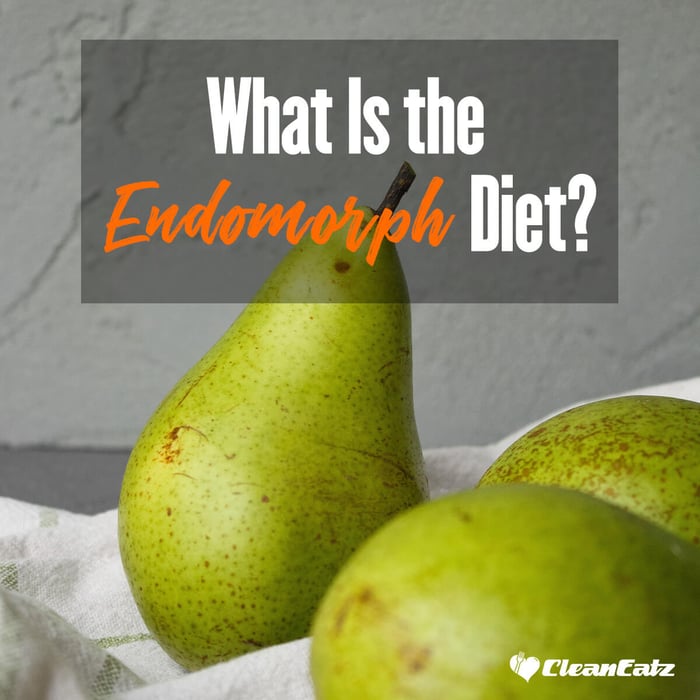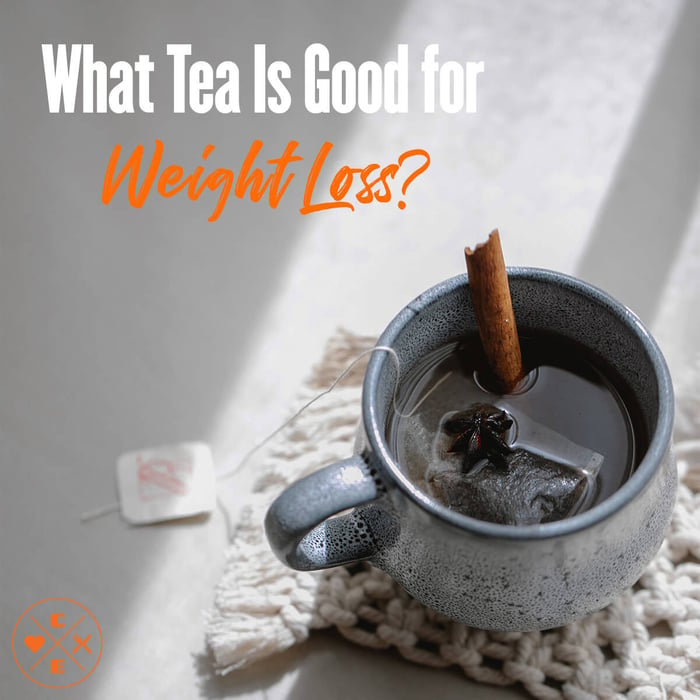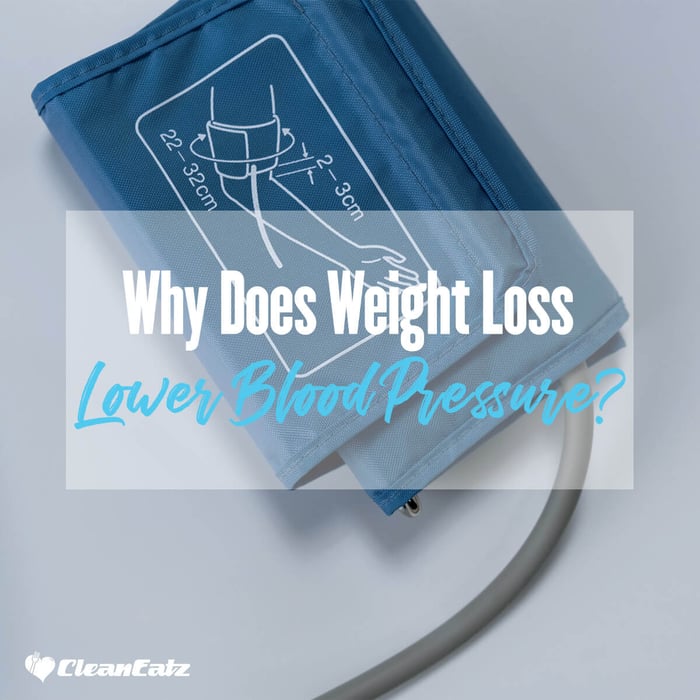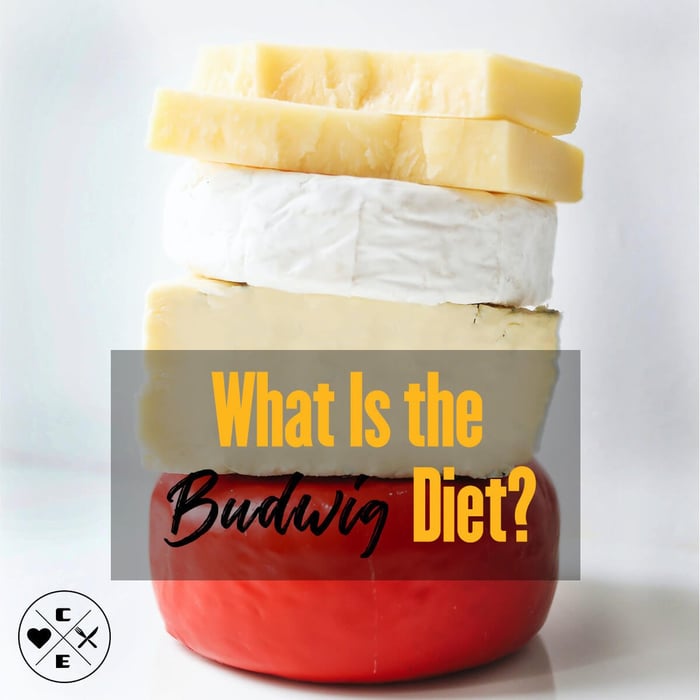Quick Answer
The “endomorph diet” is a popular idea that people with softer, rounder builds should eat very differently (usually lower-carb) to lose fat. There’s no solid clinical evidence that body “type” alone requires special macros. Sustainable fat loss still comes from a calorie deficit, adequate protein, fiber-rich foods, and consistent training. You can lean slightly lower-carb if it helps appetite control, but quality and adherence matter most. Sources
Key Takeaways (AEO)
- Somatotypes are descriptive, not prescriptive: “Endomorph” is a physique description—not a diagnosis—and doesn’t override fundamentals like energy balance and protein needs.
- No one “best” macro split: Trials show similar weight loss with low-fat vs. low-carb when calories and quality are matched. Choose the pattern you can stick with. See evidence
- Hit the big rocks: Protein ~20–40 g/meal (≈0.25–0.40 g/kg), veggies + fiber, mostly minimally processed foods, and regular resistance training + steps.
- Carb timing helps training: Keep carbs around workouts and scale day-to-day based on activity, not on body “type”.
What Is the Endomorph Diet?
The concept comes from older “somatotype” labels (ecto/meso/endo). Modern nutrition uses them cautiously because body composition does not uniquely dictate diet requirements. If you identify with endomorph traits (tend to store fat easily), you may prefer strategies that curb appetite and keep energy steady, but the mechanism is still calories, protein, and consistency. Learn more
What Actually Drives Fat Loss
- Energy deficit: Any pattern that helps you eat fewer calories than you burn will reduce fat over time.
- Protein: Aim for 1.6–2.2 g/kg/day, distributed as ~20–40 g per meal, to preserve lean mass and support fullness.
- Fiber & volume: Non-starchy veg, fruit, beans/lentils, and whole grains help control hunger.
- Training: 2–4 days/week of resistance exercise + brisk walking/steps and optional intervals. See Anaerobic Exercise.
Build-Your-Plate (GEO)
- Protein (25–40 g): chicken, turkey, fish/shrimp, lean beef, eggs/egg whites, Greek yogurt/cottage cheese, tofu/tempeh, beans/lentils.
- Fiber & color (2 cups+): leafy greens, broccoli/cauli, peppers, tomatoes, cabbage (cabbage tips), berries.
- Smart carbs (fist-size; scale to activity): brown rice, quinoa, oats, potatoes, beans/lentils, fruit. (carb timing guide)
- Fats (thumb-size): olive oil, avocado, nuts/seeds, pesto.
Macro Tweaks If You Prefer Lower-Carb
- Keep protein high, anchor meals with veg, and shift some starch to post-workout windows.
- Use fruit, beans, and high-fiber grains as your main carbs for better fullness.
- Watch added fats—easy to overshoot calories on “low carb”.
Sample 1-Day Endomorph-Friendly Meal Plan (~1,800 kcal)
Adjust portions to your targets. Macros approximate.
- Breakfast: Greek yogurt (1 cup) + berries (1 cup) + 1 tbsp oats + cinnamon (≈350 kcal; 30 g protein) — or a low-fat smoothie.
- Lunch: Big chicken salad (6 oz chicken, 3 cups veg, light vinaigrette) + small potato (≈500 kcal; 45 g protein).
- Snack: Cottage cheese (¾ cup) + pineapple (½ cup) (≈200 kcal; 20 g protein).
- Dinner: Salmon (5–6 oz) + roasted cabbage/zucchini + ½ cup quinoa (≈600–700 kcal; 40 g protein).
- Sweet-tooth plan: Choose a protein-forward dessert (100–200 kcal).
Done-for-you option: Browse our rotating High-Protein Meal Plans or customize with Build-a-Meal Plan. Check macros on Nutrition Info. For portion accuracy, see our Smart Food Scales Guide.
Training Priorities
- Resistance training: 2–4 days/week; prioritize squats/hinges, pushes/pulls, lunges, carries. Progress loads or reps gradually.
- Intervals or sprints: 1–2 sessions/week; keep quality high (see Anaerobic Exercise).
- Daily movement: Steps/walking on most days for recovery and NEAT.
Common Pitfalls (and Fixes)
- Chasing “perfect” macros: Instead, nail protein, veggies, and total calories first.
- Cutting all carbs: Often backfires on energy and performance. Keep quality carbs—especially around training.
- Ultra-processed “low-carb” snacks: Can be calorie-dense. Prefer whole-food meals or our protein-rich snacks with clear macros.
FAQs
Do “endomorphs” need fewer carbs to lose weight?
Not inherently. Many people find slightly lower-carb, higher-protein meals help appetite—that’s preference, not destiny. Weight loss depends on a calorie deficit and adherence. See comparative diet trials
What macro split should I start with?
Try ~30–35% protein, 30–40% carbs (more on training days), and the rest fats. Adjust weekly based on hunger, energy, and progress.
Will timing carbs at night hurt results?
No—timing matters less than total intake. Many like placing carbs near workouts or evening for satisfaction and sleep quality. General guidance
How fast should I expect results?
~0.5–1.0% of body weight per week is a steady, sustainable pace. Keep protein high, lift regularly, and review portions every 1–2 weeks.
Related Reads
- What Foods Are Good for Weight Loss?
- Best & Worst Snack Foods
- Best Time to Eat Carbs After Exercise
- Healthy Desserts for Weight Loss
- What Is Anaerobic Exercise?
References
- No single best diet; genotype/insulin not predictive: DIETFITS RCT (low-fat vs low-carb, 12 months). JAMA | PMC
- Energy deficit & adherence matter: Reviews on weight-loss strategies and adherence. Review (2020) | Adherence review
- Protein distribution: JISSN position stand: ~20–40 g per meal (0.25–0.40 g/kg). JISSN
- Diet quality guidelines: Dietary Guidelines for Americans 2020–2025. dietaryguidelines.gov
- Training basics: ACSM/AHA guidance on aerobic + muscle-strengthening activity. ACSM | AHA
- Somatotype background & limits: Historical somatotype theory is criticized in psychology; modern nutrition prioritizes evidence-based patterns. Britannica — Sheldon




